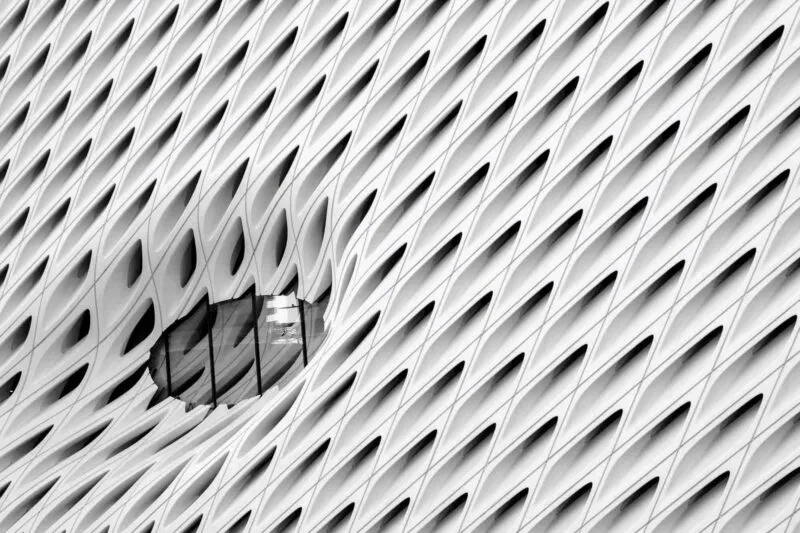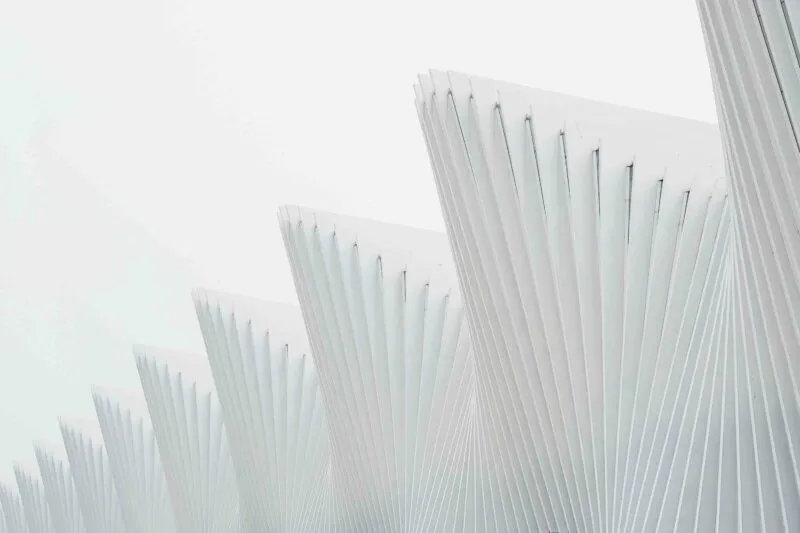Time to file a UI patent? What watches can tell us about user interface patentability in Australia
We delve into a chronology of Australian Patent Office decisions and find a pattern of reasoning which shows that at least some user interfaces may be protectable under Australian patent law.
User interfaces, or “UIs”, are with us at almost every part of our day – in the morning when we check our phone for the latest news; at work as we sit to write an email; and even as we exercise and check our heart rate on our smart watch. Often, the functionality and aesthetics of a user interface can make or break the success of a product, app or website. For user interface designers and developers, it would seem sensible that the work they put into designing such user interfaces be protectable. However, many designers seem unaware of the registered IP protection rights available for user interfaces.
One form of registered IP protection available is the registered design, which protects the overall appearance of a product resulting from one or more visual features. Much user interface design does indeed relate to visual aesthetics. Therefore, designers seeking to protect user interfaces may consider registered design protection at first instance, rather than claiming that the user interface is an invention for seeking patent protection. However, as already described in our article GUI Designs in Australia, despite being registrable, examination of designs filed for graphical user interfaces has posed problems to applicants under current law, such that these designs are unable to be certified or enforced. If registered designs have efficacy issues protecting user interfaces, are there other avenues for protection?
Patent protection for the user interface may be considered another avenue. However, computer-implemented inventions, and thus many user interface inventions, are not categorically considered patentable subject matter (manner of manufacture) by the Australian Patent Office (APO). Such inventions, if considered not a manner of manufacture, will be denied patent protection.
When less is more
In Aristocrat Technologies Australia Pty Limited [2016] APO 49, user interface elements of a gaming machine were found to be a manner of manufacture. Paragraph [18] of the decision sets out the claimed invention, which relates to a gaming machine having image elements that allow a particular game and a bet denomination for the game to be selected.
As noted by the delegate in the decision, in the objection originally raised during examination the examiner had alleged that the substance of the claimed invention was to “games characterised by rules for the progress of game play” and therefore that the invention’s contribution was not technical. This caused the examiner to conclude that the alleged invention was not to a manner of manufacture.
Contrastingly, in the APO decision it was determined that the substance of the invention was for a new and improved user interface for selecting both a game and bet denomination with a single selection. The delegate found that a technical advantage lay in an efficiency gain, which was due to a technical effect of a reduction in the number of selections the user had to make to choose a game and bet denomination. Therefore, the invention achieved a “practical and useful result” by “simplifying the use of the gaming machine” and consequently was considered a manner of manufacture.
Clockwork Apple
In line with the Aristocrat [2016] decision, an improvement to a user interface was also found to be patentable in Apple, Inc. [2019] APO 32. The Apple, Inc. [2019] decision relates to an application claiming particular user interface features that displayed user interface objects and caused animation of those objects in a particular sequence.
In this case, the delegate considered that the contribution made by the claimed invention was to do with the manner in which the animation sequences were stored and redisplayed to a user. The claimed invention allowed for a variety of animation sequences to be displayed to a user without needing to store each particular sequence individually. Instead, the individual animations were stored and then displayed in various combinations to produce a large number of different animation sequences.
The delegate held that the method of reusing animation sequences enabled a technical advantage to be achieved. The technical advantage arose because the stored individual animations used less memory than the storing of whole animation sequences, which duplicated the storing of individual animations.
A stitch in time saves nine
A more recent (APO) decision was Apple Inc. [2021] APO 18. This case related to a user interface for editing a clock display on an electronic device, which was also determined by the delegate to be a manner of manufacture.
The delegate in Apple [2021] noted that the specification described existing interfaces having similar functionality as “cumbersome and inefficient”, as they required “multiple key presses or keystrokes” to allow editing of the user interface. This meant that these techniques “require more time than necessary, wasting user time and device energy”, which was highlighted to be particularly important for battery operated devices.
Claim 1 of the application related to a method for allowing a user to enter a clock face edit mode from a clock face selection mode on an electronic device. The method included detecting a first contact on a touch screen display to cause the device to enter a clock face selection mode, and detecting a second contact on a touch screen display to cause the device to enter a clock face edit mode.
The delegate mentions that the specification noted this allowed “for a single user interface for selecting and modifying images to generate an image-based context-specific user interface”, which results in a reduction of user inputs, “thereby reducing battery consumption and processor power”.
Opportunities for UI patent filings
As discussed above, there are a number of cases in which user interfaces may be patent eligible in Australia. Therefore, it appears to be worthwhile to consider seeking patent protection for new and improved user interfaces. In particular, improvements in user interfaces that may be patentable include cases where the functionality provided by the user interface results in an improvement to the usability of the user interface, or where the manner in which the user interface is displayed is an improvement in the way that the computing device operates.
Key takeaways for user interface patentability
User interfaces may be patent eligible where:
- The user interface is simpler or more efficient to use than previously known interfaces.
- The user interface reduces the number of user inputs required, resulting in a saving of battery and/or processing power.
- The user interface elements are displayed in a way that reduces computing power or memory required to store them.

